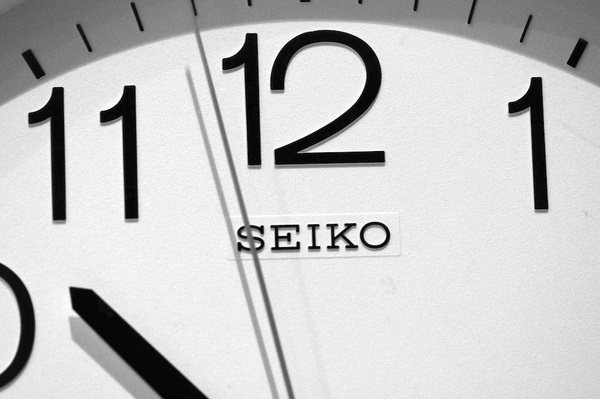Daylight savings’ Effect on Schools

April 9, 2021
As spring rounded the corner and winter came to an end, daylight savings time pounced on society. With the start of the new season, there are many risk factors and benefits that come from the beginning of daylight savings time as children and adults adjust to turning the clocks forward.
On March 14, daylight savings time began and we lost an hour. Therefore, the day it started is actually only 23 hours. It starts at 2 a.m., meaning the clocks are turned forward to 3 a.m., thus losing the hour from 2 a.m. to 2:59:59 a.m.
In some places, daylight savings time is a drastic change. For countries and cities closer to the north and south poles, the rise and fall of the sun can dramatically affect schools.
With the beginning of this season, the daylight is “longer,” and leads to the use of less artificial light. U.S. school districts spend $6 billion each year on electricity, cutting the budget for many schools to get upgrades for particular departments or classrooms. With daylight savings, the use of natural light replaces some of the usages of artificial lighting and saves money.
For many students, school starts early and going to school during the fall and winter season is dangerous because it is darker outside and difficult to see. As it gets brighter in the morning, it becomes safer for students to go to school. If students or teachers are walking to school, they are more clearly visible to drivers and other people, which prevents accidents and keeps everyone safe.
As a student of Newsome, Sydney Houston says that “Daylight savings helps me get up earlier and helps me feel more awake in the morning because it is brighter.” When people get up in the morning and it is lighter outside, it helps their mind feel more awake and alert. “It helps me focus in school and I do better in my classes,” she adds.
But of course, with pros come cons. Many studies have shown that people can become sick from daylight savings time. Changing the times disrupts our body clocks. Most people are simply tired. But for some people, lack of sleep is more than just being tired. It leads to an increase in car accidents and injuries, resulting from falling asleep at the wheel or not being alert or awake enough to register their surroundings.
With daylight savings upon us, we can look forward to lighter mornings and brighter days.


